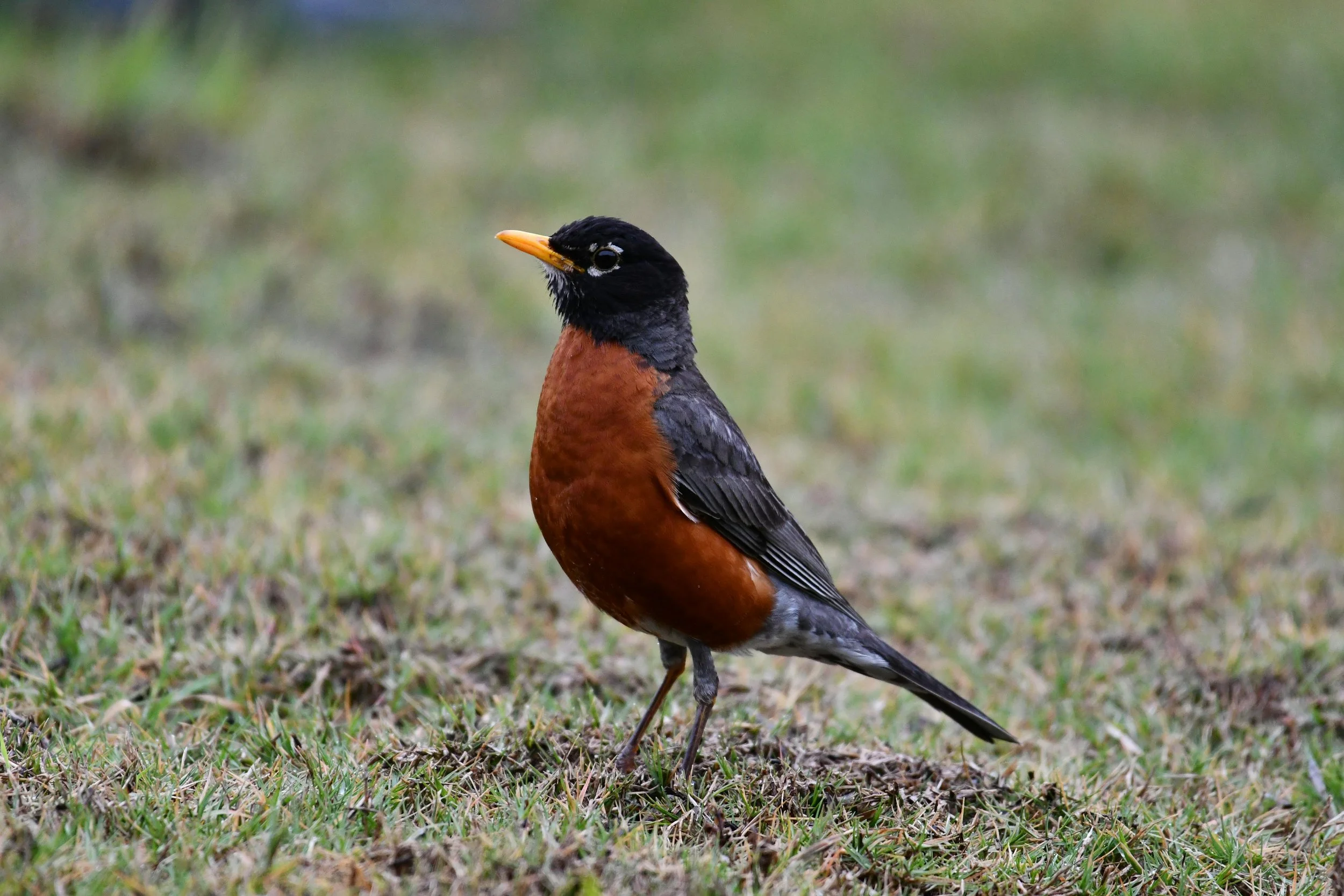The Sound of Birds and What it Says About Them
Stop for a moment. Listen closely. That cheerful chirp outside your window, the melodic warble in the woods, or the sharp, insistent caws from above are not just sounds. They are nature’s symphony and a window into the fascinating world of bird communication. For nature enthusiasts, deciphering these calls can enrich outdoor experiences and deepen one’s connection to the environment.
Bird songs and calls are rich in meaning, reflecting everything from territorial claims to romantic overtures. In this article, we will unpack the hidden messages in birdsong and the science behind their vocalizations. By the end, you’ll not only appreciate their beauty but also understand their vital importance to bird survival and behavior.
Common Bird Songs and Their Meanings
Bird songs are as diverse as the species themselves. Recognizing these sounds and their meanings is the first step to unlocking the secret lives of birds. Below are a few familiar bird songs and what they convey:
Robin’s Cheerful Morning Song
The American Robin’s iconic, lilting "cheer-up, cheerily" echoes through the dawn, marking territory and attracting mates. This versatile song often changes pitch and tone depending on the robin’s emotional state.
Cardinal’s Clear Whistle
The Northern Cardinal’s "cheer, cheer, cheer" is a powerful territorial anthem. Both males and females sing, with subtle variations. During spring, the song intensifies as they defend nesting grounds.
Blue Jay’s Alarm Call
Known for their bold personalities, Blue Jays use a sharp "jeeah!" call as a warning. Often, this alarm alerts other birds to nearby predators, showcasing the cooperative side of bird communication.
Mockingbird’s Copycat Charm
The Northern Mockingbird can mimic over 200 different sounds, including other birds, insects, and even car alarms. These complex imitations are a loud and proud mating display that says, “Look how talented I am!”
Mourning Dove’s Melancholic Coos
True to its name, the Mourning Dove’s soft "coo-woo-woo" has a gentle, mournful quality. Though often mistaken for sadness, this sound is related to bonding between mated pairs.
By taking note of these calls, you’ll start to notice the unspoken conversations happening all around you in the natural world.
Decoding Bird Language
Birds don’t just sing for fun. They vocalize for a variety of survival-driven reasons. Understanding the different types of bird calls can reveal their emotions, intentions, and immediate threats.
Alarm Calls
Alarm calls are usually short and sharp. Birds use these to warn others about danger, such as an approaching hawk or snake. Birds may also employ "mobbing" calls, where a group gathers to confuse or drive off a predator.
Mating Songs
During breeding season, male birds often sing elaborate songs to attract mates. These songs demonstrate their fitness and prowess. Females tend to choose males with more complex and refined melodies.
Contact Calls
Contact calls are simple sounds used to maintain communication between flock members or pairs. For example, geese use distinct honks to stay together during flight migrations.
Begging Calls
Juvenile birds use repetitive begging calls to solicit food from their parents. These calls are often higher-pitched and can dominate the soundscape near an active nest.
Territorial Songs
When it comes to establishing or defending territory, bird songs play a significant role. These tunes serve as auditory fences, warning rivals to keep their distance.
With practice, you can decode these bird conversations and even predict the activity happening around you, from predator alerts to breeding behaviors.
The Science Behind Bird Communication
Bird communication is a marvel of evolution, blending biology, behavior, and environmental adaptation. Research into bird vocalizations has shed light on how and why they sing.
How Do Birds Produce Sounds?
Unlike humans, who use vocal cords, birds rely on a unique vocal organ called the syrinx. Located at the base of their trachea, the syrinx allows birds to produce two different notes simultaneously. This enables the complex melodies we hear, such as a thrush’s haunting duet-like song.
Why Do Birds Sing?
Birds primarily sing for two reasons:
To Reproduce: A male bird’s song often signals his health and genetic quality to potential mates. The more varied and intricate the song, the greater his perceived genetic fitness.
To Defend Territory: Birdsong lets rivals know that a particular patch of trees or shrubs is already claimed.
Can Birds Understand Each Other?
Yes! Some birds even understand alarms raised by other species. For example, chickadees and nuthatches rely on each other’s warnings about predators. This cross-species communication adds to the complexity of bird language.
Why Listening to Birds Matters
Birdsong is not just a backdrop to our lives. It’s a vital part of the ecosystem, signaling the health and diversity of local environments. By listening and appreciating these songs, we can:
Grow closer to nature.
Detect changes in biodiversity, such as population declines.
Support conservation efforts by caring for bird habitats.
Take time to pause and truly hear what the birds are saying. There’s a lot to learn, and every chirp, tweet, and trill offers a deeper connection to the natural world.
Notable Book Recommendation: Silent Spring by Rachel Carson


